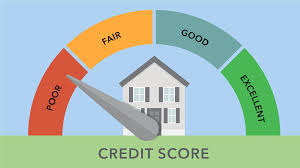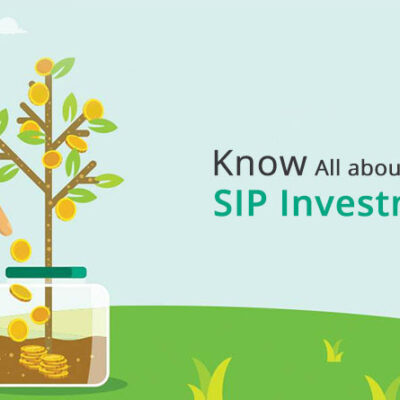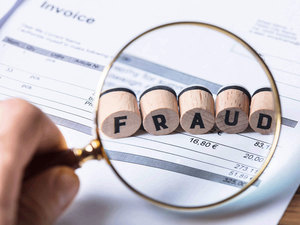Everyone out there has one question in common, that is “how my credit score calculated?” But before that we should know about what credit scoring is and what credit scoring model is.
“Credit Scoring” is a statistical system creditors use to determine whether to give you credit or not, they determine your creditworthiness in terms of your repayment habits, and then decide whether to give you loan, and if yes, how much should they charge you for it.
Earlier models were designed only for lenders, not for consumers. As we have seen in “History behind Credit Score”, we have started utilizing credit score and credit scoring since the 1950s, the model was designed to assess the risk with borrowers and as a tool to underwrite the lending and borrowing capability. Early models were not up-to the mark in terms of reliability as it was not based on statistical data but more subjective matter. With time it has evolved and has become popular as a FICO Score, as it was designed by Fair Isaac Corporation Organization. It is most widely used by the financial industry.
Credit scores for the same individual may vary from one bureau to another, but the factors that have been considered while calculating carry the same weightage. Although the formula used for Credit Score calculation is a Black Box and not just arbitrary data, as it was calculated with complex mathematical algorithms and data analysis from your credit report itself. We can say that credit scoring is a top secret of the bureaus, but loosely depends on some broad parameters from your credit report itself, on the basis of which credit score is made.
Let’s see how Individual credit score is calculated based on that parameter.
1 Payment History (35%)
· Paying debt on time and in complete amounts has the greatest positive impact on your credit score.
· Late Payment, judgments, bankruptcy, collection items and charge-offs all have a negative impact.
· Delinquencies that have occurred in the last two years carry more weight than the ones that are older.
2 Amount Owed (30%)
· Lenders and Credit Bureaus look at the amount of debt you owe, relative to the amount of available credit –that is your debt-to-credit ratio.
· You want that ratio to be as low as possible to benefit your credit score.
· Creditors also keep their eyes on the portion of each credit line, how you used it and the portion of installment loan amount still owing.
3 Credit History (15%)
· The date that you opened a credit account has some relevance in calculating your credit score.
· A lender will be able to see how long you have been using credit lines, when you opened an account, what type of account you opened, and how long it has been since you had any activity on the accounts.
4 Types of Credit (10%)
· For this percentage, credit bureaus look at how many different types of credit you are currently using and have used in the past, such as credit cards, mortgage, car loan, retail accounts etc.
5 New Credit (10%)
· This factor entails the number of accounts you have opened recently, what type those accounts fall into, the exact date of opening those accounts, and the recent number of recent credit inquiries made (by whom and when).
· In order to keep your credit score from decreasing, try not to open several new lines of credit in a brief period of time. Lenders and credit bureaus can view that as a desperate call for money.
Small businesses also have the same parameter like individuals to calculate credit score but it is little more elaborated with the following elements:
· Company information (including number of employees, sales, ownership, and subsidiaries)
· Historical business data
· Business registration details
· Government activity summary
· Business operational data
· Industry classification and data
· Public filings (liens, judgments, and UCC filings)
· Payment history and collections
· Number of accounts reporting and details
Benefits of Credit Scoring Models
Using credit scoring has its own certain benefits which will help organizations to work faster and at the same time lead with more efficiency. The decision of lending such as on what terms, and offering of the best deal or rates becomes easier and faster.
Let’s see some benefits of scoring models:
- Accurate decision making
- Efficiency in work
- Standardized and objective decision making
- Easy to understand for all
These benefits are useful to organizations to work fast and at the same time the customer is beneficial to get his/her loan faster in minimum time.








